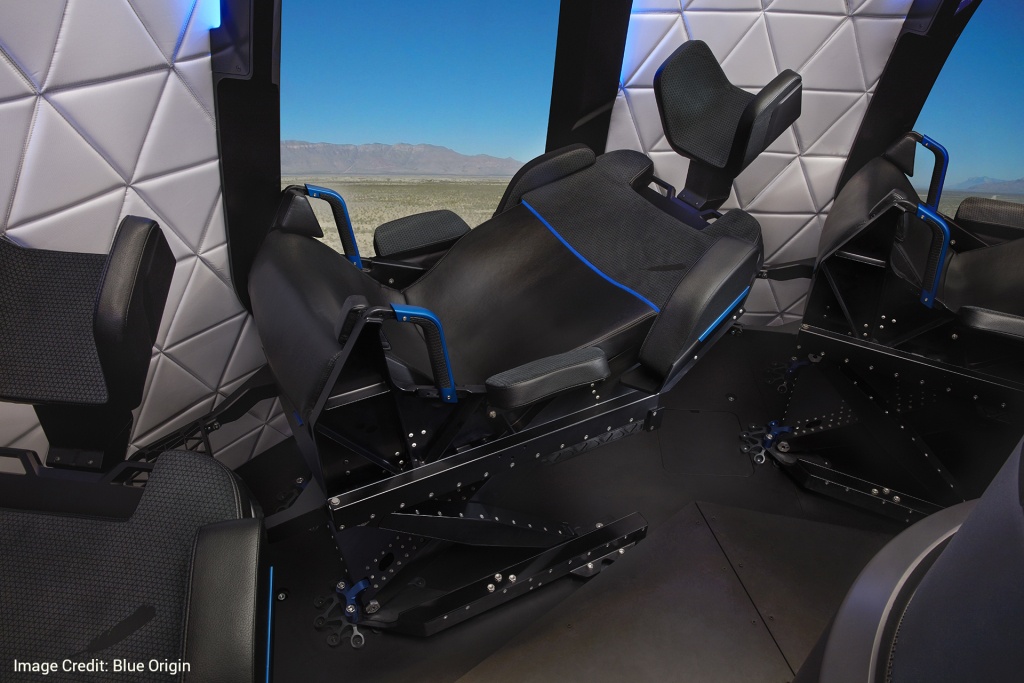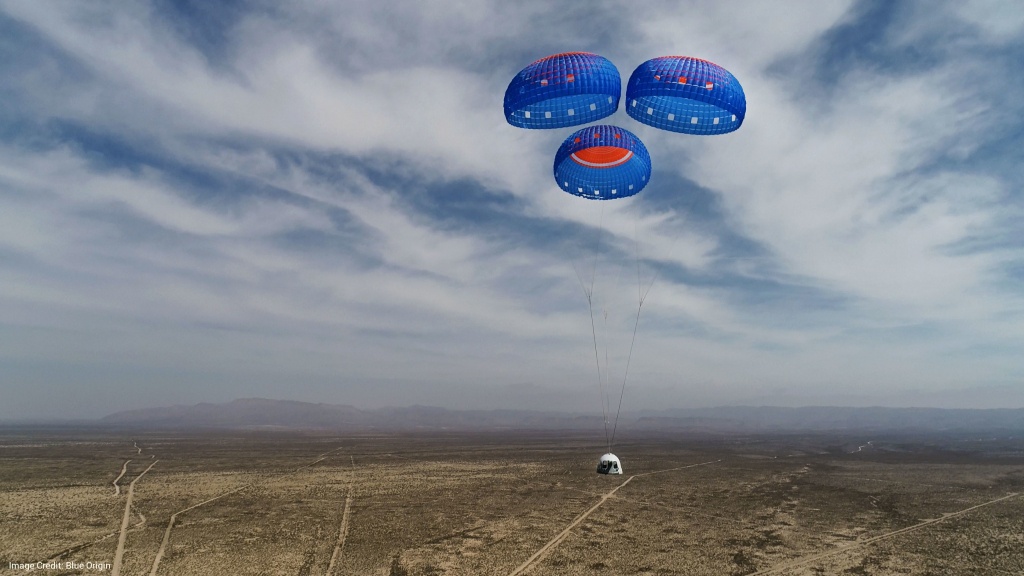Amazon founder Jeff Bezos successfully flew to space this morning on the first crewed flight of New Shepard, a rocket ship made by his space company, Blue Origin. The trip took approximately 10 minutes.
Blue Origin successfully completed New Shepard’s first human flight today with four private citizens onboard. The crew included Jeff Bezos, Mark Bezos, Wally Funk and Oliver Daemen, who all officially became astronauts when they passed the Kármán Line, the internationally recognised boundary of space.
This was a historic mission for several reasons – New Shepard became the first commercial vehicle under a suborbital reusable launch vehicle license to fly paying customers, both payloads and astronauts, to space and back. As well, Oliver Daemen, 18, was the first ever commercial astronaut to purchase a ticket and fly to space on a privately-funded and licensed space vehicle from a private launch site; He also became the youngest person to fly in space.
Upon landing, the astronauts were greeted by their families and Blue Origin’s ground operations team for a celebration in the West Texas desert.
“Today was a monumental day for Blue Origin and human spaceflight,” said Bob Smith, CEO of Blue Origin. “This was a big step forward for us and is only the beginning.”
Blue Origin expects to fly two more crewed flights this year, with many more crewed flights planned for 2022.
About New Shepard:
Named after astronaut Alan Shepard, the first American in space, New Shepard is Blue Origin’s fully reusable suborbital rocket system. It is designed to take astronauts and research payloads on an 11-minute journey to space past the Kármán Line (100 km/62 miles), before returning to Earth with minimal refurbishment required between flights.
All the learnings from the New Shepard program are being applied to Blue Origin’s orbital launch vehicle, New Glenn, and the Blue Moon lunar lander. Both vehicles are leveraging New Shepard’s autonomy, guidance, vertical landing architecture, powerful and throttleable liquid engines, and lean operations. Full reusability is essential to lowering the cost of access to space.
Flight Profile:
– The capsule and booster take off vertically. The capsule separates near space at about 250,000 feet (76 km) and continues to space to reach an apogee of 350,000 feet (106 km).
– The booster autonomously makes its way back to Earth for a pinpoint landing on the pad about two miles away from where the vehicle lifted off.
– The capsule then enters a stable freefall back to Earth. To slow down the vehicle for landing, three drogue chutes are deployed several thousand feet above Earth prior to the capsule’s three main chutes. Just before touchdown, a retro-thrust system expels a cloud of air beneath the capsule to create a gentle landing around 1 mph (1.6 kph) in the West Texas desert.
By Editorial Team / July 21, 2021
For more latest Innovation stay tune to Innovation Nation every Monday – Friday 8:30pm SG/MAL | 7:30pm JKT/BKK | 6pm SL





